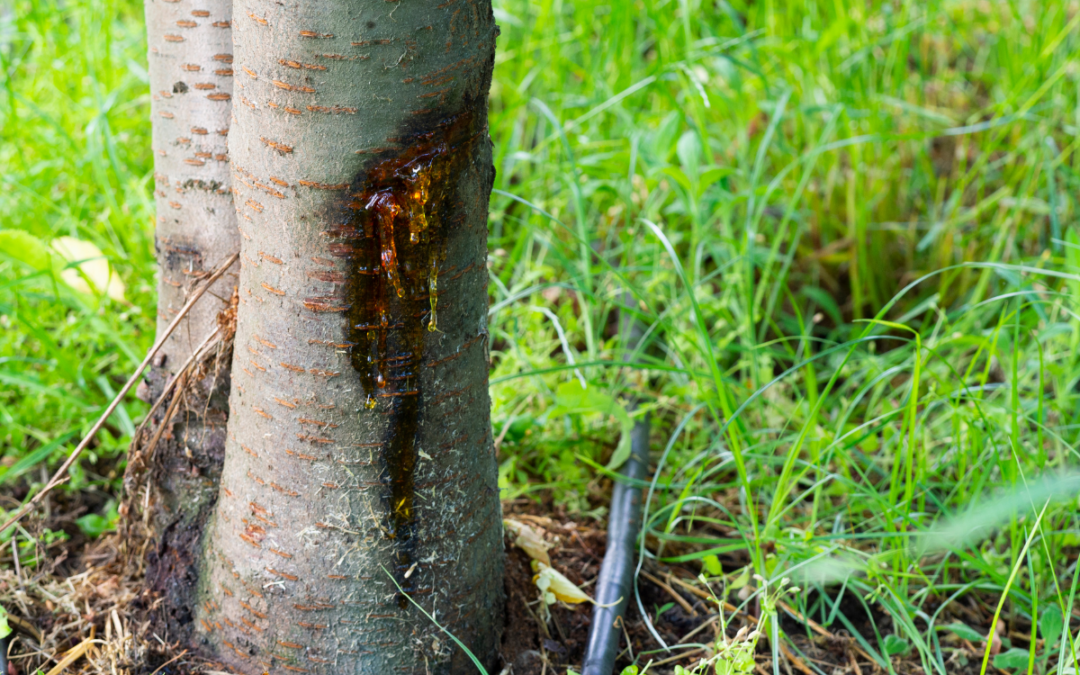Observing a beloved tree show signs of distress can be a concerning experience for any homeowner. Trees are vital components of our landscapes, providing beauty, shade, and environmental benefits. However, like any living organism, trees can succumb to disease, pests, and environmental stress, leading to their decline. Recognizing the early signs of a dying tree is crucial for taking corrective measures to potentially save it or, if necessary, remove it to prevent further hazards. This guide will help you understand how to identify a dying tree and what steps you can take to address this issue.
Signs of a Dying Tree:
Leaf Problems: Leaves are often the first indicators of a tree’s health. Discolored leaves, premature leaf drop, or a lack of leaves in the growing season can signal distress.
Bark Issues: Healthy trees have intact bark. If your tree’s bark is falling off, cracked, or has deep splits, it might be in trouble.
Dead Branches: A few dead branches might not indicate a dying tree, but if a significant portion of branches are dead or brittle, the tree’s health is likely compromised.
Fungal Growth: The presence of fungi, such as mushrooms at the base of the tree, can indicate root decay and a weakened structure.
Root Damage: Trees with damaged or decaying roots are at risk. Signs include visible rot, soil upheaval near the base, and a leaning trunk.
Steps to Revive a Dying Tree:
Proper Watering: Both underwatering and overwatering can stress a tree. Ensure your tree receives adequate water, especially during dry spells.
Mulching: Applying a layer of mulch around the tree’s base can help retain soil moisture, regulate temperature, and reduce weed competition.
Pruning: Remove dead or dying branches to help prevent the spread of disease and pests. Ensure pruning is done correctly to avoid further damage.
Soil Management: Test the soil for nutrient deficiencies or pH imbalances. Amending the soil based on test results can improve tree health.
Professional Assessment: If you’re unsure about the condition of your tree, consulting a professional arborist can provide a definitive diagnosis and treatment options.
Why Choose Grade-A Tree Care?
At Grade-A Tree Care, we understand the value of each tree in your landscape. Our team of certified arborists is equipped to assess the health of your trees, offering professional advice and services to nurture them back to health or safely remove them if necessary. With our innovative annual program, we provide yearly consultations, priority service, and emergency support, ensuring your trees receive the best care possible to thrive in your landscape.
Determining whether a tree is dying and understanding the steps to potentially save it are crucial for maintaining the health and safety of your property. By recognizing the signs of distress and taking proactive measures, you can often reverse damage and preserve your tree’s life. For expert assistance, consider enrolling in a comprehensive tree care program with Grade-A Tree Care. Our commitment to excellence and proactive approach can help ensure your trees remain a vibrant part of your landscape for years to come.

Recent Comments